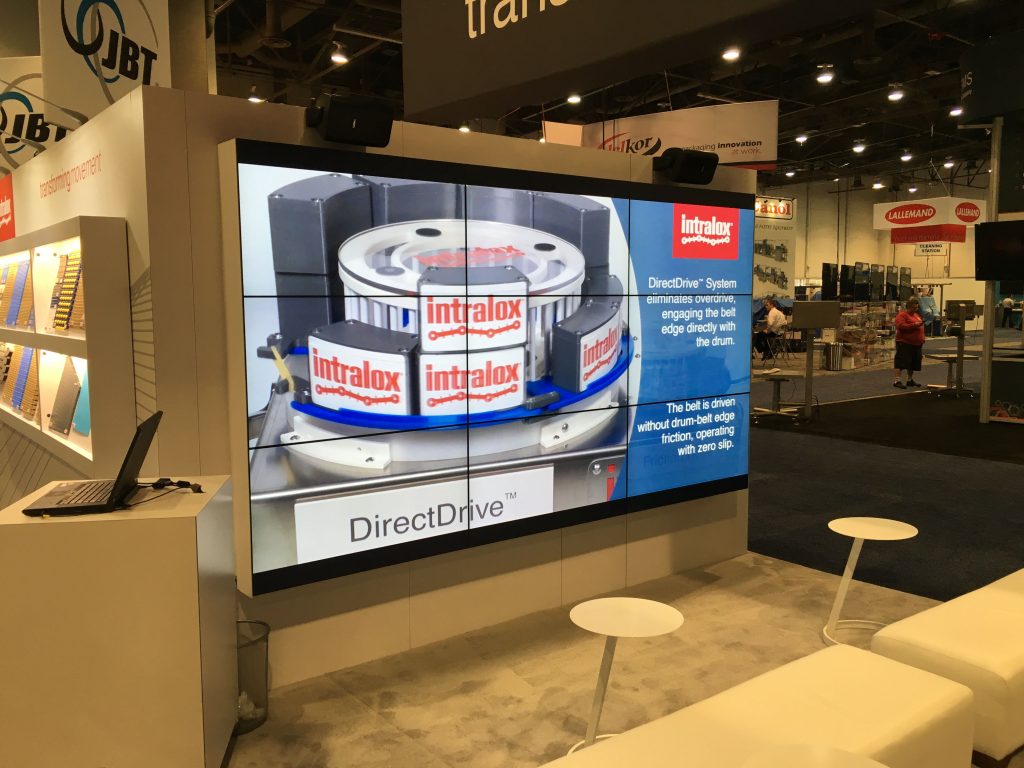Enhancing Aesthetic Impact Through Tactical Content Timing in LED Display Performance
Wiki Article
Enhancing visual impact throughout light-emitting diode screen performances requires careful planning and tactical visual timing. Light-emitting diode screens represent potent instruments in graphic narration, frequently utilized during musical events, gatherings, plus displays. The efficacy of these screens relies not only just upon the quality of the visuals but also on how and when they are presented. By understanding the audience's focus duration and the flow of the event, organizers can create a more engaging encounter that enthralls spectators plus improves the total show.
One crucial aspect of strategic visual timing is scheduling. It is essential to synchronize the visuals with the rhythm and pace of the performance. For instance, during a musical performance, visuals should complement the rhythm and atmosphere of the melody. This alignment aids to forge a cohesive experience that draws the audience in. Additionally, it is important to consider the duration of each image clip. Brief, striking segments can maintain audience interest, while extended images may be appropriate for moments of reflection or emotional connection. By varying the length and intensity of the images, event planners can maintain the viewers interested during the show.

Another crucial element is the content itself. The visuals displayed on the light-emitting diode screen should be pertinent to the theme of the performance. This relevance helps to reinforce the message being communicated plus renders the encounter more memorable for the audience. For example, if the show is about ecological consciousness, using visuals that illustrate the environment and animals can amplify the narrative. Furthermore, adding lively elements, such as animations or interactive graphics, can add excitement and keep the audience's attention. The appropriate material, presented at the right time, can significantly elevate the impact of the performance.
Audience engagement is also a crucial consideration in content scheduling. Understanding the characteristics and tastes of the audience can guide the selection of visuals. For example, a younger audience may respond better to vibrant hues and quick motion graphics, while an mature crowd might value more nuanced and refined visuals. By tailoring the content to the viewers' preferences, event planners can craft a more tailored encounter that connects with spectators. Additionally, adding viewer involvement, such as real-time surveys or media interactions, can additionally improve involvement and render the show more engaging.
Finally, assessing the efficacy of the visual scheduling is essential for future performances. Gathering feedback from the audience can provide valuable insights into what worked well plus what could be improved. This information can assist event planners improve their approaches and take knowledgeable choices for upcoming events. By Learn More Here continuously assessing and adapting the content timing approach, event planners can amplify the aesthetic impact of LED wall performances plus craft memorable encounters for their audiences.